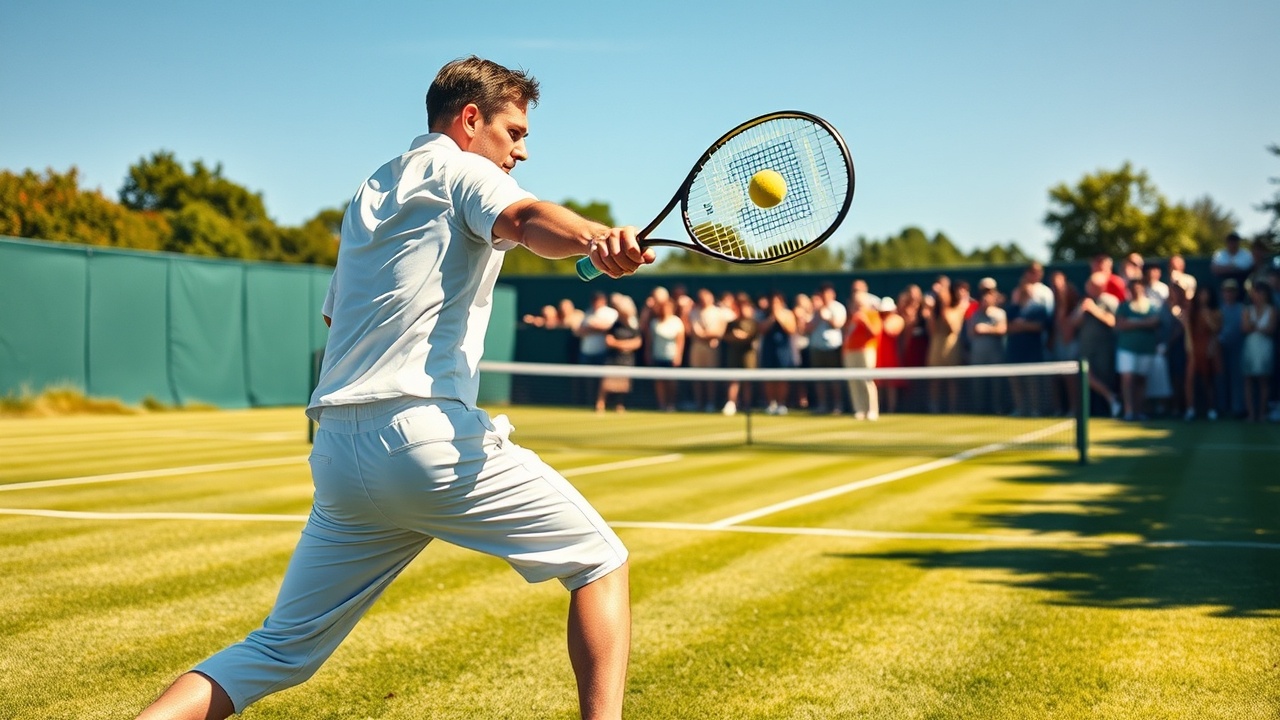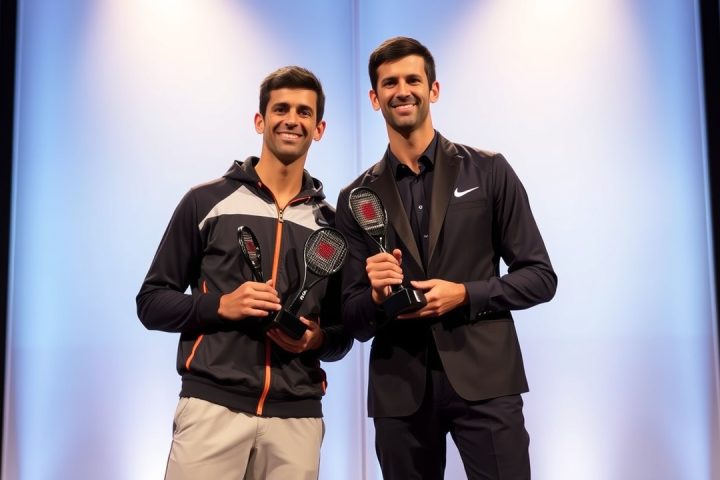Carlos Alcaraz Advances to Wimbledon Final
Carlos Alcaraz has secured his place in a third consecutive Wimbledon final after a hard-fought victory over Taylor Fritz, winning the match 6-4, 5-7, 6-3, 7-6 (6). This performance sets up an exciting showdown against Jannik Sinner.
Alcaraz’s Versatile Playing Style
Alcaraz showcased a versatile playing style, effectively employing various shots including powerful forehands, clever drop shots, and notably, the serve-and-volley technique—an approach that’s becoming increasingly rare on the grass courts.
“I’m serving well and really comfortable with the serve-and-volley, which helps prevent my opponent from settling into a rhythm,” said Alcaraz, who clinched 16 out of 20 serve-and-volley points during the match against Fritz. “On grass, the conditions allow for this strategy to be more effective, and I’m feeling confident using it.”
The Decline of Serve-and-Volley
Historically, serve-and-volley was a common strategy at Wimbledon, especially until the early 2000s, creating a visible path of worn grass from the baseline to the net as players executed this tactic. However, changes made by Wimbledon in 2002 to slow down the grass and adjustments to the tennis balls have led to a decline in this playing style.
From 60% in 1997, the proportion of points won using serve-and-volley in men’s singles dropped dramatically, falling to just 10% in 2008, and has hovered between 4% to 10% in subsequent years. In 2025, it is projected to only be 4%. The women’s game has seen a similar trend, plummeting from 12% in 1997 to just 1% in 2025.
Effectiveness of Serve-and-Volley Today
Despite the lowered frequency of serve-and-volley play, it remains an effective tactic when executed properly. Entering the final, Alcaraz has utilized the serve-and-volley strategy 11% of the time, outperforming his fellow quarterfinalists with a remarkable success rate of 79%, having won 61 of 77 points while approaching the net. He notably excelled in this tactic during the quarterfinals and against Fritz, demonstrating a growing reliance on this classic technique in the latter stages of the tournament.
In contrast, seven-time champion Novak Djokovic employed this style 64 times throughout his matches, achieving a 70% success rate. Other players like Grigor Dimitrov and Ben Shelton have also effectively integrated serve-and-volley into their games, illustrating that while the approach may seem dated, it still holds substantial value on the grass.
“The grass surface may be slow, but managing to not let the ball bounce and putting pressure on opponents by taking the ball early is still effective,” said Australian player Jordan Thompson, who frequently used serve-and-volley at the tournament.
Conclusion
Wimbledon continues to showcase how traditional strategies can still be relevant in modern play, even as the landscape of tennis evolves with new technologies and playing styles. Alcaraz’s adeptness at blending old-school tactics with contemporary techniques has set him apart, reaffirming that while serve-and-volley may be a rarity today, it is certainly not obsolete, particularly on the grass courts of Wimbledon.




